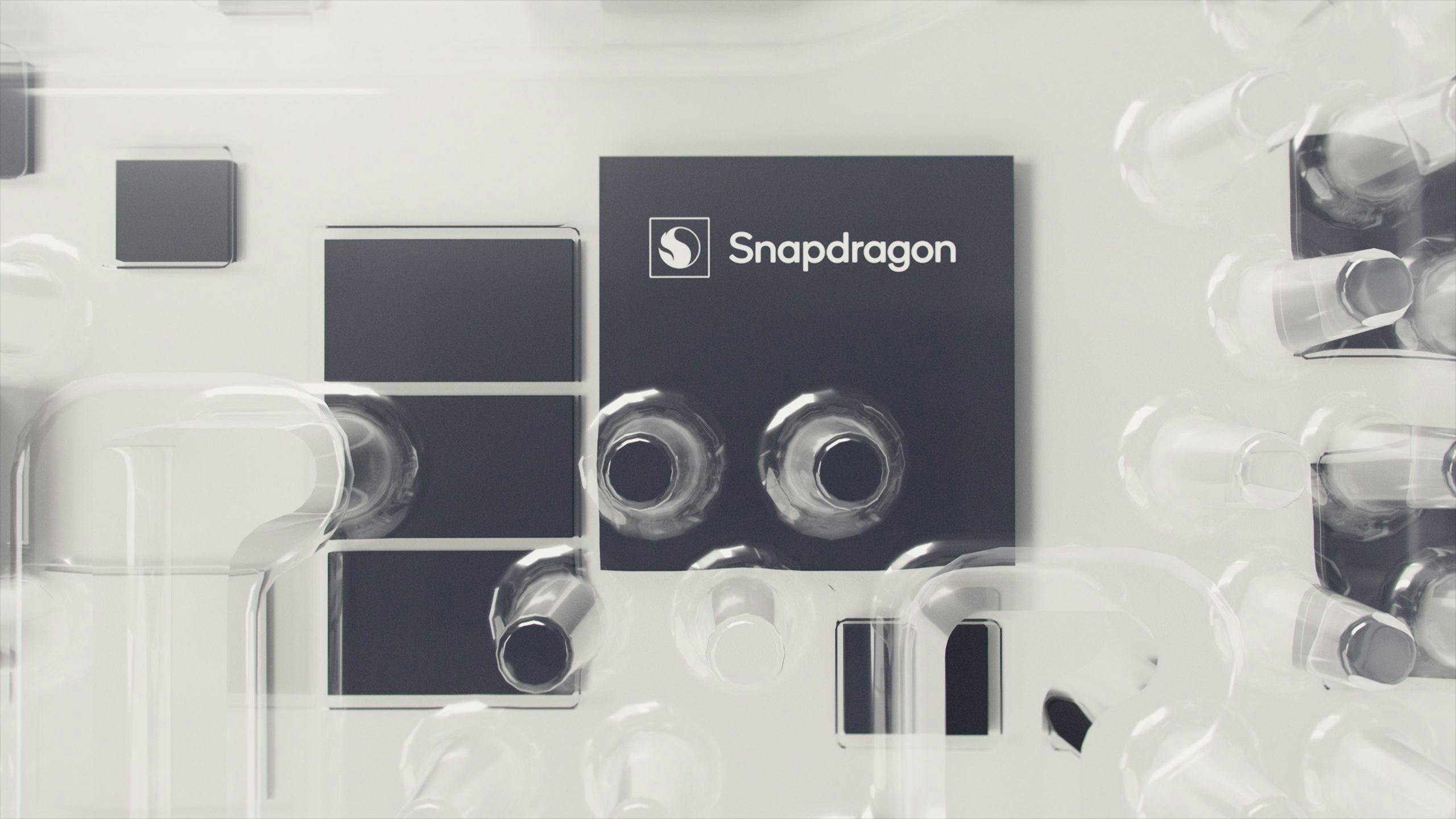Volvo Car Group has announced that it will use Qualcomm Technologies’ Snapdragon Cockpit Platforms for its future infotainment systems. The company was the first to use Google’s Android Automotive operating system in the Polestar 2, Volvo XC40 Recharge, and C40 Recharge. For 2022, every Volvo model now comes with Android Automotive OS as standard on a 9.0-inch touch screen. From the Polestar 2 onward, every Polestar model will also get Android Automotive OS but with unique menu structures and graphics to distinguish it from Volvo’s version.
By leveraging the research and development prowess of Volvo Car Group and Qualcomm, both companies aim to improve the former’s next-generation infotainment system. Like the current one, it will be powered by Google’s Android Automotive OS and promises to be faster and more responsive than before. Qualcomm’s Snapdragon Cockpit Platforms will serve as a central high-performance computing hub for the vehicle. It will be capable of operating the highly demanding graphics, audio, and artificial intelligence needs of upcoming vehicles. The first two vehicles will be the fully electric successor to Volvo’s flagship XC90 and the Polestar 3, the latter of which is the brand’s first crossover.
Volvo says that using the latest Snapdragon Automotive Platforms on the next-generation infotainment system will double its speed. Additionally, the graphics generation is claimed to be 10 times faster than before. This will also enable Volvo Car Group to offer seamless connectivity options and retain its safety leadership. It will also support autonomous driving features on its next-generation battery-electric vehicles.
“Volvo Cars is a company that believes in collaborating with technology leaders like Qualcomm Technologies Inc. and Google to deliver the best experience to our customers,” said Henrik Green, Chief Product Officer of Volvo Cars. “With Qualcomm technology in our forthcoming fully electric SUV, our Google Android-based infotainment system will reach the next level.”
Working together with Qualcomm and Google will allow Volvo and Polestar to offer some of the best infotainment experiences in the industry. Enrico Salvatori, Senior Vice President and President of Europe/MEA of Qualcomm Europe, Inc., noted that Qualcomm will support Volvo Cars by integrating scalable and upgradeable technologies to provide a better experience. Additionally, improvements to the vehicles will be made via over-the-air updates throughout the vehicle’s life cycle. This also creates a strong foundation for Volvo Car Group to provide a superior connected car experience in the future.
Volvo aims to sell only battery-electric vehicles by 2030 and it has already started the transition with the introduction of the XC40 Recharge and C40 Recharge. Following those two will be the successor to the XC90 three-row crossover and the next-generation XC60. A small electric crossover slotting below the XC40 is also expected to join the lineup. The larger vehicles will be underpinned by the SPA2 architecture, which was developed specifically for EVs. Polestar, on the other hand, is introducing the Polestar 3 crossover. It will be followed by the Polestar 4, a compact SUV that will be underpinned by the PMA platform codeveloped by Volvo and Geely for smaller electric vehicles. At the top of the range is the Polestar 5, an electric GT sedan that’s essentially the production version of the Precept show car. It will be built on a Polestar-specific platform that makes extensive use of aluminum.
The next-generation Volvo and Polestar vehicles will use a new battery developed together with Lotus. It will have a 400/800-volt charging architecture, enabling it to charge from 10 to 80 percent in less than 20 minutes. Polestar will also have a brand-exclusive rear electric motor with a two-speed transmission.

